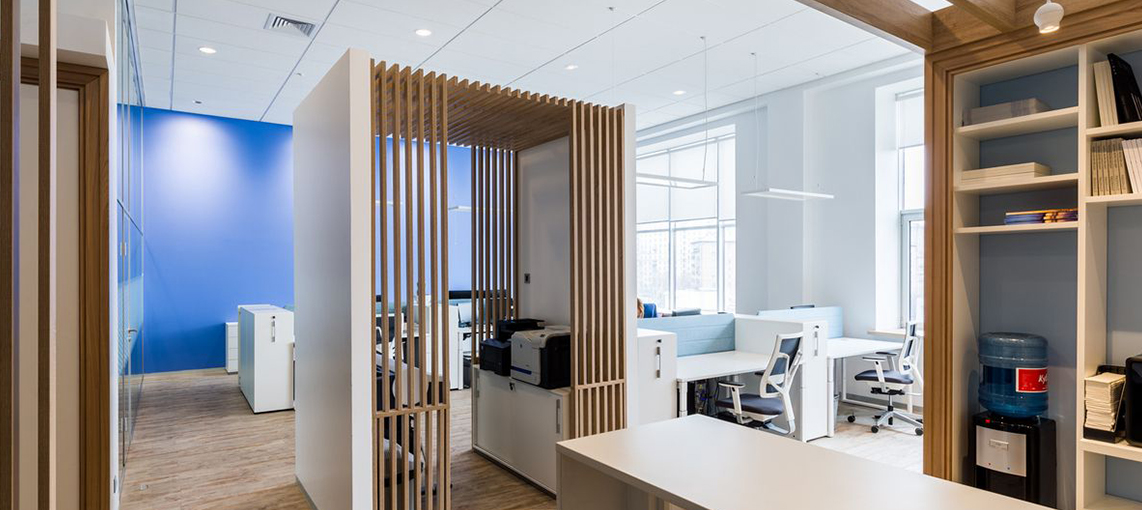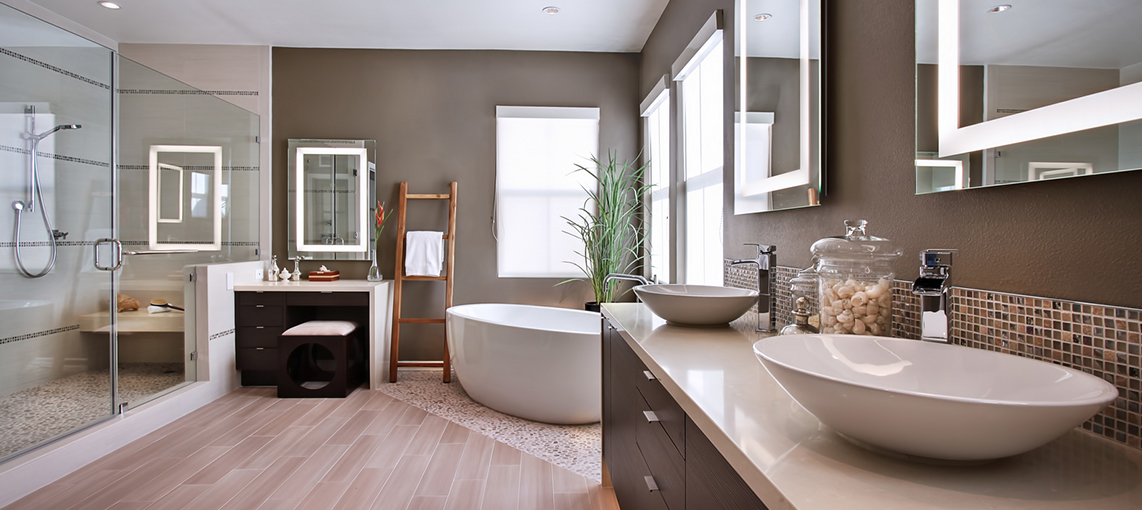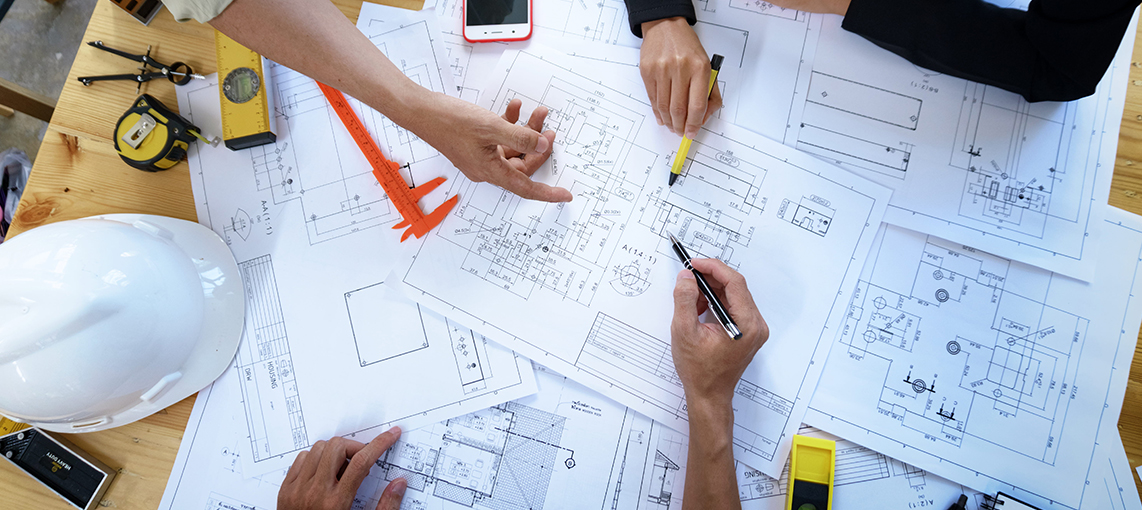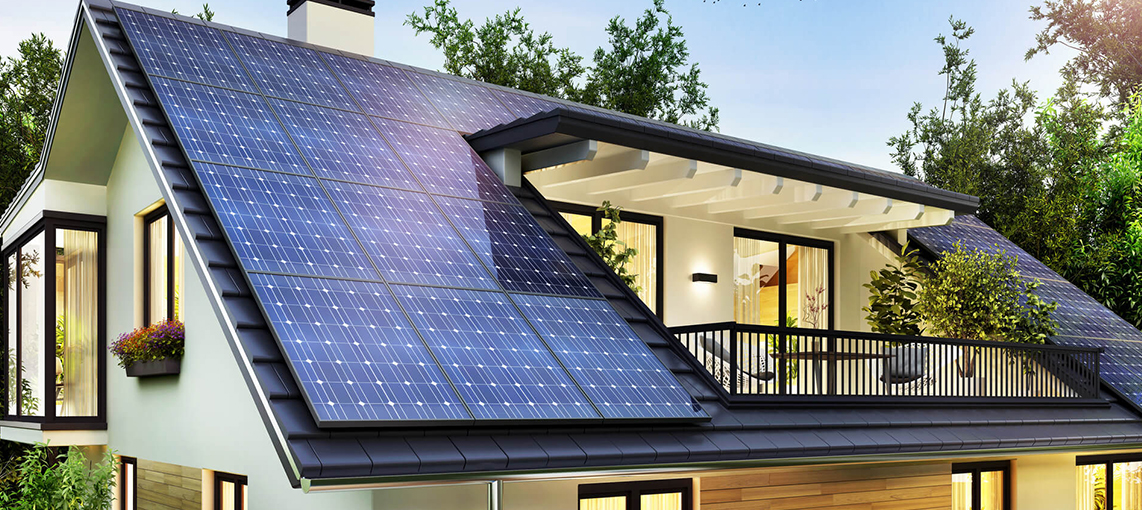
The Importance of Integrating MEP Services in Interior Design Projects
Introduction:
When it comes to interior design, most people think about aesthetics—color palettes, furniture, and décor. However, the functionality and comfort of a space depend heavily on something less visible but equally critical: MEP services. MEP stands for Mechanical, Electrical, and Plumbing services, and they form the backbone of any building’s infrastructure.
Whether designing a home, office, or retail space, integrating MEP systems from the outset ensures that the design is both beautiful and functional. Let’s explore why these services are essential and how they contribute to the success of interior design projects.
1. Mechanical Systems: Comfort Through HVAC Integration

Mechanical systems, especially Heating, Ventilation, and Air Conditioning (HVAC), play a key role in the comfort of any interior space. An efficient HVAC system ensures proper temperature control, ventilation, and air quality, making a space comfortable to live or work in.
Why It Matters:
Temperature Control: Proper HVAC integration ensures that temperature regulation supports the design without disrupting aesthetics. For example, poorly placed vents can conflict with furniture arrangements or artwork.
Air Quality: Proper ventilation keeps indoor air fresh and healthy, which is especially important for commercial spaces where many people gather.
Energy Efficiency: Integrated mechanical systems designed with sustainability in mind can reduce energy costs while improving occupant comfort.
Design Consideration: Early collaboration between designers and MEP engineers allows for the placement of HVAC systems that are both unobtrusive and functional.
2. Electrical Systems: Aesthetics Meet Functionality

Electrical systems are integral to modern living, powering lighting, appliances, and technology. Thoughtful electrical design enhances both functionality and aesthetics, from well-placed outlets to carefully considered lighting plans.
Why It Matters:
Lighting Design: Lighting isn’t just about illumination; it’s a critical part of the design process. Task lighting, ambient lighting, and accent lighting all need to be planned carefully to enhance the overall look and feel of a space.
Power and Data Needs: In today's tech-driven world, the number of outlets and data ports required is greater than ever before. Without proper planning, there’s a risk of clutter from extension cords or insufficient access to power sources.
Energy Efficiency: Integrating energy-efficient systems like LED lighting and smart controls not only reduces electricity consumption but also enhances the long-term sustainability of the space.
Design Consideration: Ensuring that electrical outlets, lighting switches, and fixtures are placed strategically according to the furniture layout and room usage maximizes functionality and aesthetic appeal.
3. Plumbing Systems: Functionality Without Compromise

Plumbing systems are a foundational element in interior design, especially in spaces like kitchens, bathrooms, and utility areas. Well-designed plumbing is essential for both functionality and long-term durability.
Why It Matters:
Space Optimization: Plumbing systems need to be planned alongside interior layouts to ensure they don't interfere with the design vision. A well-placed kitchen island, for example, must account for the positioning of water lines and drainage systems.
Water Conservation: With increasing awareness of environmental impact, integrating eco-friendly plumbing solutions, such as low-flow faucets and water-efficient fixtures, is vital for reducing water consumption without compromising design.
Aesthetic Considerations: Concealed plumbing ensures that pipes and fixtures don’t detract from the visual appeal of a space. Where pipes must be exposed, designers can opt for sleek, modern fixtures to complement the overall aesthetic.
Design Consideration: Working with MEP professionals during the design phase ensures that plumbing systems enhance rather than detract from the visual and functional aspects of the space.
4. MEP And Interior Design Collaboration: Early Planning Equals Success

The success of any interior design project hinges on the early and consistent collaboration between interior designers and MEP engineers. This teamwork ensures that the aesthetic vision of the designer aligns with the technical requirements of the MEP systems, resulting in a harmonious and functional space.
Why It Matters:
Preventing Design Conflicts: By integrating MEP services early in the design process, potential conflicts—such as the placement of electrical outlets or HVAC ducts—can be avoided. This prevents costly reworks later on.
Space Efficiency: Coordinating MEP systems with interior design ensures that systems like plumbing and HVAC are optimized for the available space, avoiding bulky or obtrusive elements that can detract from the design.
Smooth Installation: When interior design and MEP teams work together from the start, the installation process becomes more streamlined, reducing the likelihood of delays and ensuring that both design and functionality are preserved.
Design Consideration: Early MEP planning helps balance technical functionality with interior design aesthetics, resulting in spaces that are visually appealing, comfortable, and efficient.
5. Sustainability And MEP Integration

Sustainability is an important consideration in modern interior design, and MEP systems play a major role in this. By integrating eco-friendly mechanical, electrical, and plumbing solutions, designers can create spaces that are not only beautiful but also environmentally responsible.
Why It Matters:
Energy Efficiency: Implementing energy-efficient HVAC and lighting systems reduces the environmental impact of a building, while also lowering operational costs.
Water Conservation: Water-saving plumbing fixtures and systems help conserve resources without sacrificing performance or aesthetics.
Sustainable Materials: Using environmentally friendly materials in MEP systems—such as low-VOC insulation and energy-efficient wiring—contributes to the overall sustainability of the design.
Design Consideration: Incorporating green building standards like LEED (Leadership in Energy and Environmental Design) ensures that MEP systems contribute to both sustainability goals and the long-term comfort of the space.
Conclusion:
In the world of interior design, aesthetics are only half the equation. The integration of MEP services—mechanical, electrical, and plumbing systems—is essential for creating spaces that are not only beautiful but also functional, comfortable, and sustainable. By ensuring that these systems are incorporated from the outset of a project, interior designers can avoid costly mistakes, maximize efficiency, and enhance the overall quality of the space. Whether you’re designing a cozy home or a large commercial building, collaboration between MEP engineers and interior designers is the key to success.At Just Fit Out Interior Decoration L.L.C, our experienced team is dedicated to providing top-quality Interior design is more than just aesthetics it's about creating spaces that inspire, function seamlessly, and reflect your unique style.
"Transform your space with expert design contact Just Fit Out Interior Decoration to schedule a consultation and bring your vision to life."
